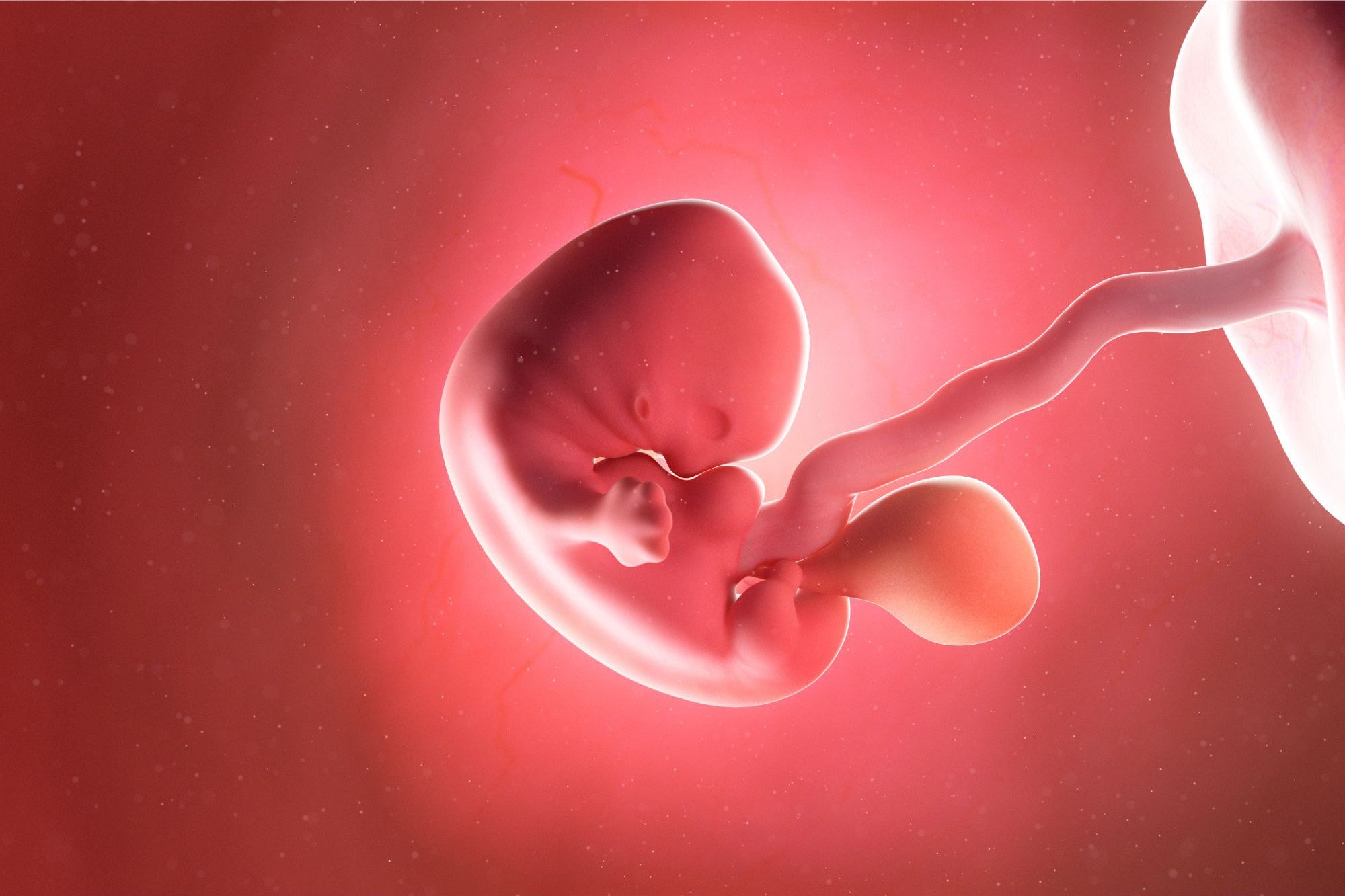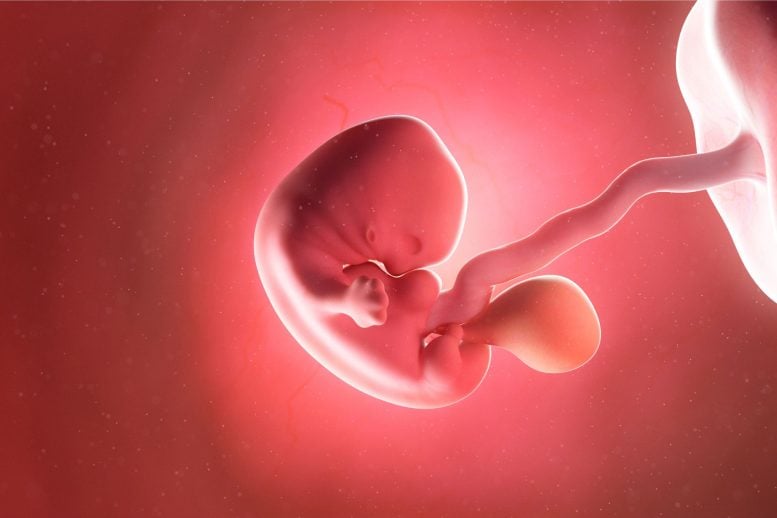

New research has revealed new insights into human embryonic development, showing that the duration of BMP signal exposure is key in determining cell fate during gastrulation, with potential applications in regenerative medicine.
A research team from Rice University, led by Aryeh Warmflash, has advanced our understanding of the mechanisms that drive human embryonic development. Their findings were recently published in the scientific journal Cell Systems.
Embryonic development, the journey from a single fertilized egg to a complex organism, is orchestrated by complex interactions between biochemical signals. But mechanisms behind how the cells interpret these signals to make crucial developmental decisions have remained elusive.
“Our paper addresses a fundamental question: How are these decisions controlled by multiple pathways simultaneously?” said Warmflash, associate professor of biosciences and bioengineering.
The team includes postdoctoral research associate and current group leader at the Andalusian Center for Developmental Biology Elena Camacho-Aguilar; Sumin Yoon, a senior majoring in cultural/medical anthropology; doctoral students Miguel A. Ortiz-Salazar and Siqi Du; and laboratory technician M. Cecilia Guerra. Together they focused their study on human gastrulation, a pivotal stage where cells differentiate into the three germ layers of the embryo: ectoderm, mesoderm, and endoderm.
Previous Studies and New Findings
While previous research identified the involvement of several signals such as bone morphogenetic protein (BMP) and wingless-related integration site (WNT) during gastrulation, the precise mechanisms underlying how cells interpret them to develop into different cell types remained unclear.
To find an answer, the researchers turned to human pluripotent stem cells (hPSCs), which mimic the state of cells just before gastrulation. They hypothesized that the duration and concentration of BMP signals might dictate cell fate and devised experiments exposing hPSCs to varied BMP signal systems.
Contrary to previous assumptions, the study revealed that the duration of BMP signal exposure, rather than its strength, plays a crucial role in determining cell fate. Pulselike exposures to high BMP concentrations prompted significant changes, particularly toward mesoderm, whereas continuous low-level signals yielded less pronounced outcomes.
Mathematical Modeling and Implications
Mathematical modeling of these processes allowed the researchers to predict the fate outcomes for any combination of BMP and WNT signals. The team constructed a comprehensive “fate map” that predicts these outcomes. Leveraging this map, the researchers devised a novel protocol optimizing mesoderm formation relevant to other fields such as regenerative medicine.
“Our findings underscore the importance of understanding signaling dynamics in guiding cell fate decisions,” Camacho-Aguilar said. “By deciphering these mechanisms, we can tailor efficient differentiation protocols that could be relevant for therapeutic applications.”
Reference: “Combinatorial interpretation of BMP and WNT controls the decision between primitive streak and extraembryonic fates” by Elena Camacho-Aguilar, Sumin T. Yoon, Miguel A. Ortiz-Salazar, Siqi Du, M. Cecilia Guerra and Aryeh Warmflash, 30 April 2024, Cell Systems.
DOI: 10.1016/j.cels.2024.04.001